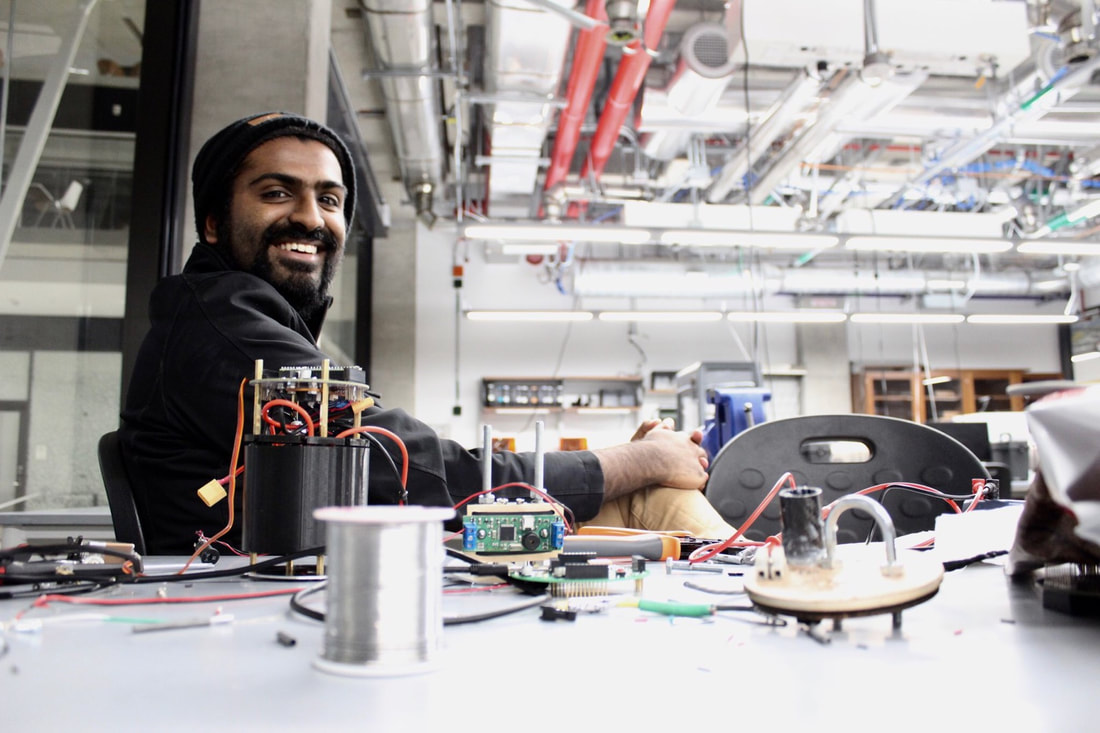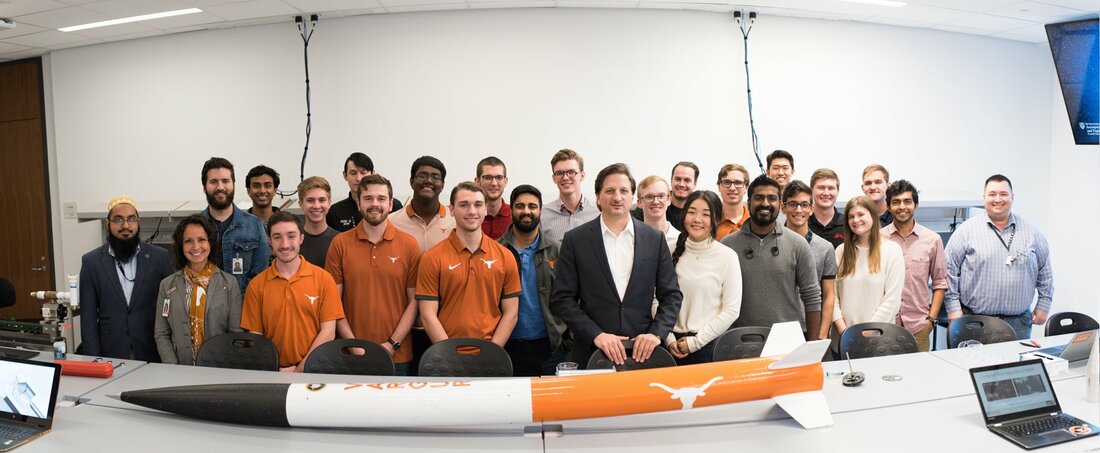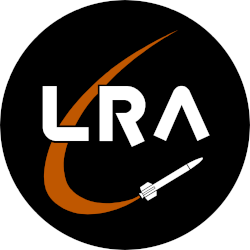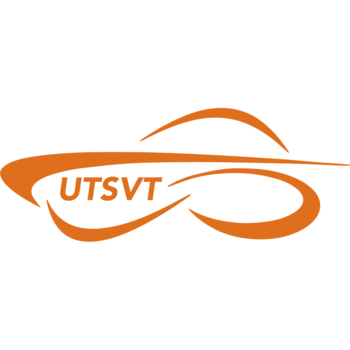About me.
|
My name is Shawn Victor and I am currently functioning as an Avionics Engineer supporting the design and testing of various state of the art liquid rocket propulsion systems at Blue Origin! I consider myself to be a born tinkerer, given that from the age of 4 I was already opening up all my toys(most which I could never put back together), to now being able to design Advanced Electronics and Avionics for High Powered Rocket Engines! I've spent my life dedicated to learning all that electronics has to offer, and I spend pretty much all my time either working on projects, or teaching others advanced electronics.
I hope you enjoy the site! :) |
My Experience
Avionics Engineer- Instrumentation, Controls & GNC III
Right out of college I started my career testing rocket engines in the West Texas Desert with BLUE. My team and I were directly responsible for all development and ATP testing performed on the BE-3PM (New Shepard Main Engine) and the BE-3U (New Glenn 2nd Stage Engine) engines. I specifically was responsible for all instrumentation and control systems on the test stand as well as on the test article. This role involved wearing an coordinating between multiple hats (hardware, software, networking, fluids, structural) in the day to day.
President- Longhorn Makerstudio/ Texas Inventionworks
While pursing my undergraduate studies at the University of Texas at Austin the Longhorn Makerstudio is my second home, and throughout my days as a Freshman and Sophomore I was one of the "superusers" of the studio, mastering all the equipment and constantly being able to design personal Projects! And I was fortunate enough to be elected as the President of the Longhorn Makerstudio, to which my jobs is in managing the staff and the agenda of the whole studio. It is though this experience I have learned:
As an Employee:
As an Employee:
- Advanced PCB Design
- Additive Manufacturing Processes: FDM, SLA, SLS
- Subtractive Manufacturing Processes: Laser Cutting, Plasma Cutting, Manual Milling(Lathe and Mill), CNC Milling
- Software: Fusion 360 CAM
- Technical Interviewing Processes
- Large Scale Management of a student Staff Body
- Large Scale Employee Scheduling
Avionics Lead- Texas Rocket Engineering Lab
I currently serve as the Avionics Lead for this $1 million sponsored rocket lab with the goal of winning the Base 11 Challenge. We are in the process of working with Firefly Aerospace to develop our own liquid rocket engine capable of reaching the Kármán line (an altitude of 62 miles or 100km, the altitude at which space begins). As avionics lead I am responsible for leading a highly qualified team of multidisciplinary engineers to design a robust electronics system to support all the integral functions of this liquid rocket engine.
Electronics Lead- Longhorn Rocketry Association
For the past two semesters I have acted as the Electronics Lead for the Longhorn Rocketry Association. I designed all the Avionic Systems as well as all of our ground systems electronics needed to test our solid and hybrid engines. I also created the electronics for our Biomedical research payload to measure pressure effects on human blood vessels in high gravitational accelerations. Most of my job is designing compact PCBs that contain all the electronics needed for engine operation and mid stage deployment of certain modules. Here are the following projects I have been apart of (More details in my projects section):
Space Port America Cup 2018:
Space Port America Cup 2018:
- Biomedical Research Payload ("Syncope")
- Custom Designed Flight Computer MkIV
- Custom Designed Sensor Junction Box to interface all sensors with NI DAQ (Meant for Solid Motor Testing)
- Custom Designed Cold Flow Junction Board to test our Fluid Panel's ability to perform basic necessities for a Hot Fire
- Custom Designed Hot Fire Junction Board to be able to perform Hybrid Engine Test Fires
- Custom Designed Flight Computer to replace Commercially available Computers and acquire more flight data [WIP]
- Custom Designed Flight Computer MkV to drive hybrid engine operation, and be able to actively control air breaking and engine throttling to achieve desired apogee [WIP]
Hardware Research Engineer- UT Mobile and Pervasive Computing Group
Conducted Research on methods to physically add data privacy by means other than through Wi-Fi, to which we began work on Li-Fi. Which is a means of transmitting data through visible light unlike Wi-Fi's means of using Radio Frequencies. By encoding the binary ones and zeros of data into on and off states of a light bulb, we could then switch the bulbs on and off at non-visible flickering frequencies. This way the bulb would act just as if it were a normal light bulb, but also function as a "Li-Fi Transmitter". On the receiver end we utilized photo-diodes to receive these high frequency signals to which a micro controller could decode the signal back into proper file format.
Projects:
Conducted Research on methods to physically add data privacy by means other than through Wi-Fi, to which we began work on Li-Fi. Which is a means of transmitting data through visible light unlike Wi-Fi's means of using Radio Frequencies. By encoding the binary ones and zeros of data into on and off states of a light bulb, we could then switch the bulbs on and off at non-visible flickering frequencies. This way the bulb would act just as if it were a normal light bulb, but also function as a "Li-Fi Transmitter". On the receiver end we utilized photo-diodes to receive these high frequency signals to which a micro controller could decode the signal back into proper file format.
Projects:
- See Projects Page "Li-Fi Transmitter & Receiver"
Hardware Research Engineer- Professor Mark McDermott
Developed an open source mechatronics development platform for novice engineers to learn the fundamentals of microcontroller interfacing. The designed platform utilizes the ATMega2560 broken out to support all types of interfacing, esp with Motors and sensors found on most robots. This platform will soon to used to teach a semester long course to build out training exercises on these boards.
Projects:
- See Projects Page "Mechatronics Research Board"
Dashboard Subsystem Lead - UT Solar Vehicle Team
Responsible for designing the electronics system of the dashboard of the vehicle. Utilized the ATmega328p with a Seeduino CAN bus module to receive CAN data from the rest of the car and display information such as the speed, charge of the battery pack, temperature of the pack, ect. The dashboard also provided the driver with multiple inputs such as push to talk radio interface, assorted front lights/ warning lights, ignition state, and more. Worked as a sub project on the long range telemetry system of the car, utilizing XBEE modules to transmit the key data of the car for post processing my another microcontroller and displayed onto the internet.
| shawn_victor_relativity_presentation.pptx | |
| File Size: | 88489 kb |
| File Type: | pptx |







